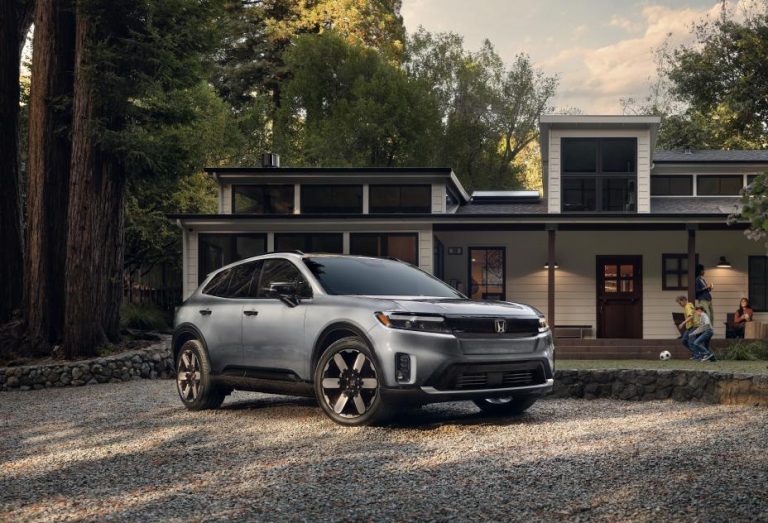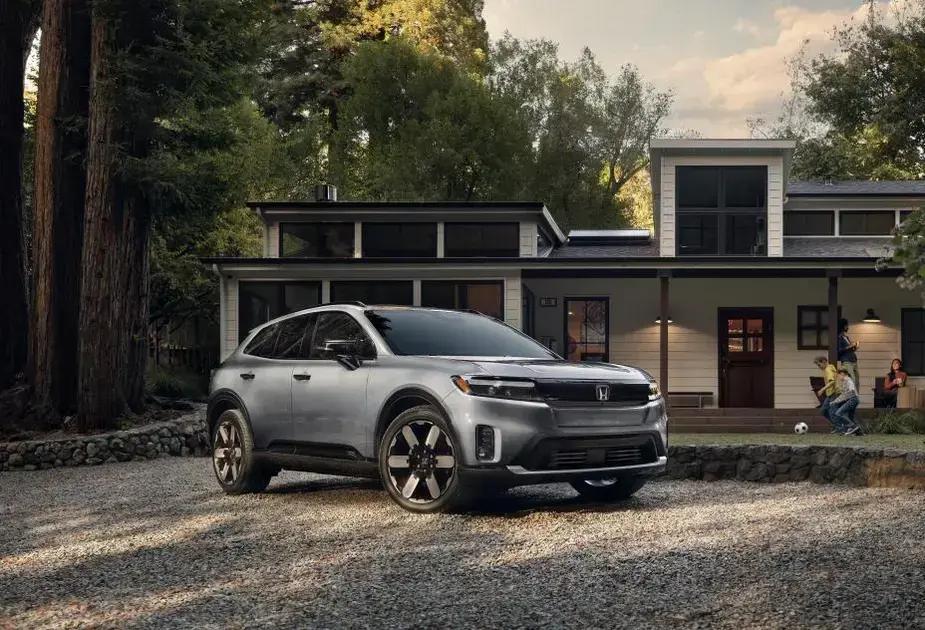
Recent advancements in both paint technology and electric vehicles (EVs) have sparked interest in a new innovation from Mercedes-Benz. The company has introduced a solar paint tech that aims to alleviate range anxiety for EV owners. This new paint could potentially transform how we think about electric vehicle charging.
Mercedes-Benz unveiled this innovative paint in November, claiming it can generate enough energy to power an EV for up to 7,456 miles annually under optimal lighting conditions. While the specifics of these conditions remain vague, it is likely that significant sunlight is necessary to achieve such energy production.
This solar paint tech is classified as photovoltaic paint, which consists of nanoparticles that can be applied directly to the vehicle’s surface. This paint absorbs solar energy and channels it into the vehicle’s battery, reducing the need for external charging stations.
According to Mercedes-Benz, the production of this paint is environmentally friendly and cost-effective, utilizing non-toxic and readily available materials. This technology is expected to be most effective in regions that receive ample sunlight throughout the day.
With the ongoing concerns about range anxiety in the EV market, it is no surprise that manufacturers are exploring solutions like solar paint tech. The topcoat of the vehicle allows up to 94% of sunlight to penetrate through to the photovoltaic layer beneath, maximizing energy absorption.
Importantly, the photovoltaic paint is positioned between the vehicle’s body and the top layer of paint, ensuring that it does not alter the vehicle’s appearance. This development follows significant advancements in both paint and EV technologies, such as peelable paint and rapid-charging EV batteries.
Exploring the Future of Solar Paint Tech
The introduction of solar paint tech could mark a significant shift in the electric vehicle landscape. As more manufacturers aim to integrate sustainable technologies, this innovation may pave the way for a new era of energy-efficient vehicles.
As the automotive industry continues to evolve, the potential for solar paint to enhance the functionality of EVs is noteworthy. This technology not only addresses range anxiety but also promotes the use of renewable energy sources.
In addition to its practical benefits, the solar paint tech aligns with global efforts to reduce carbon footprints. By harnessing solar energy, EVs can become more self-sufficient, lessening dependence on traditional charging infrastructure.
As we look ahead, the implications of this technology could extend beyond just vehicles. The principles behind photovoltaic paint might inspire similar applications in other sectors, such as building materials and consumer electronics.
In conclusion, the advancements in solar paint tech represent a promising step forward for the electric vehicle market. As manufacturers like Mercedes-Benz continue to innovate, the future of sustainable transportation looks increasingly bright.
For those interested in the latest trends in the automotive industry, check out our article on the rise of electric vehicles globally.
Via BGR



